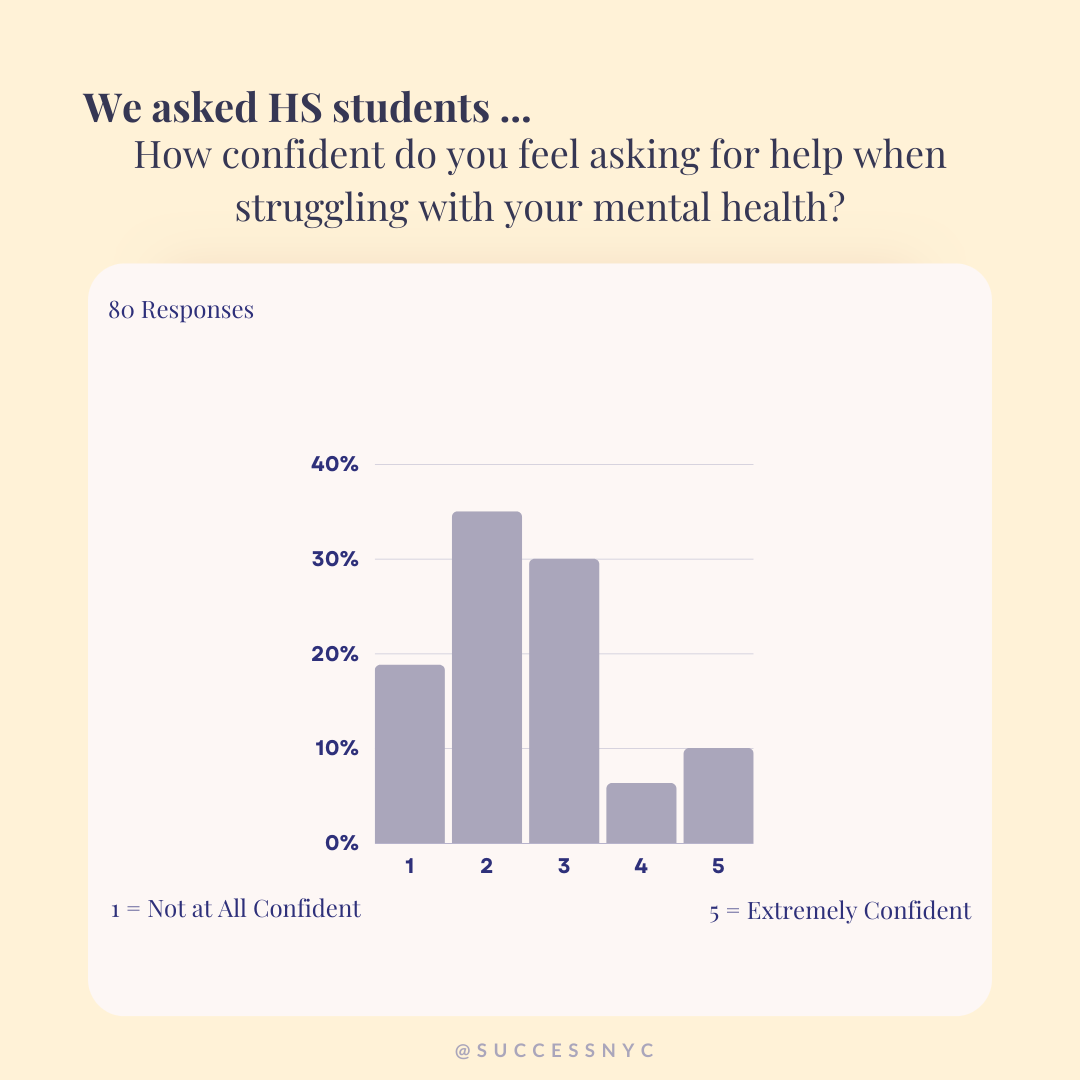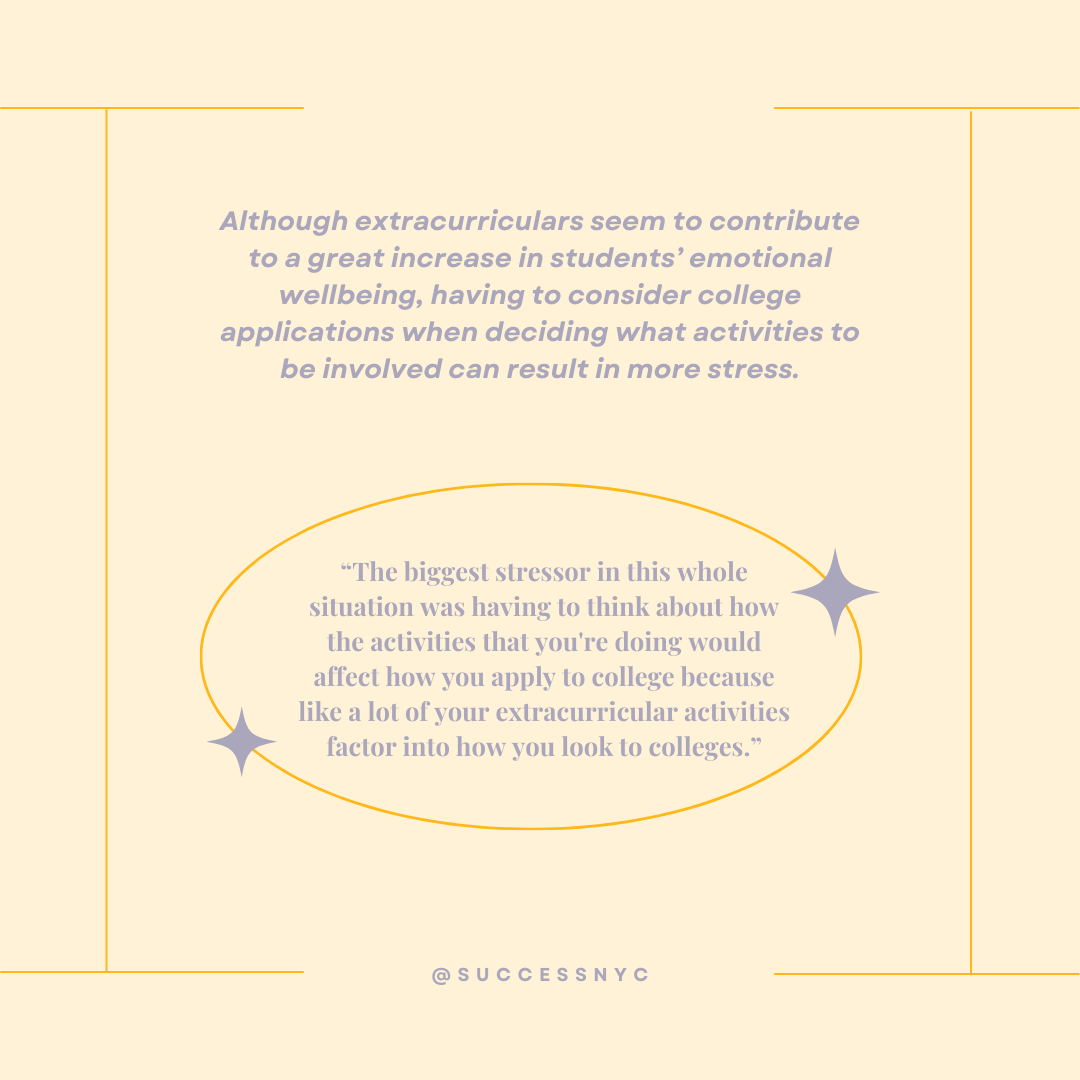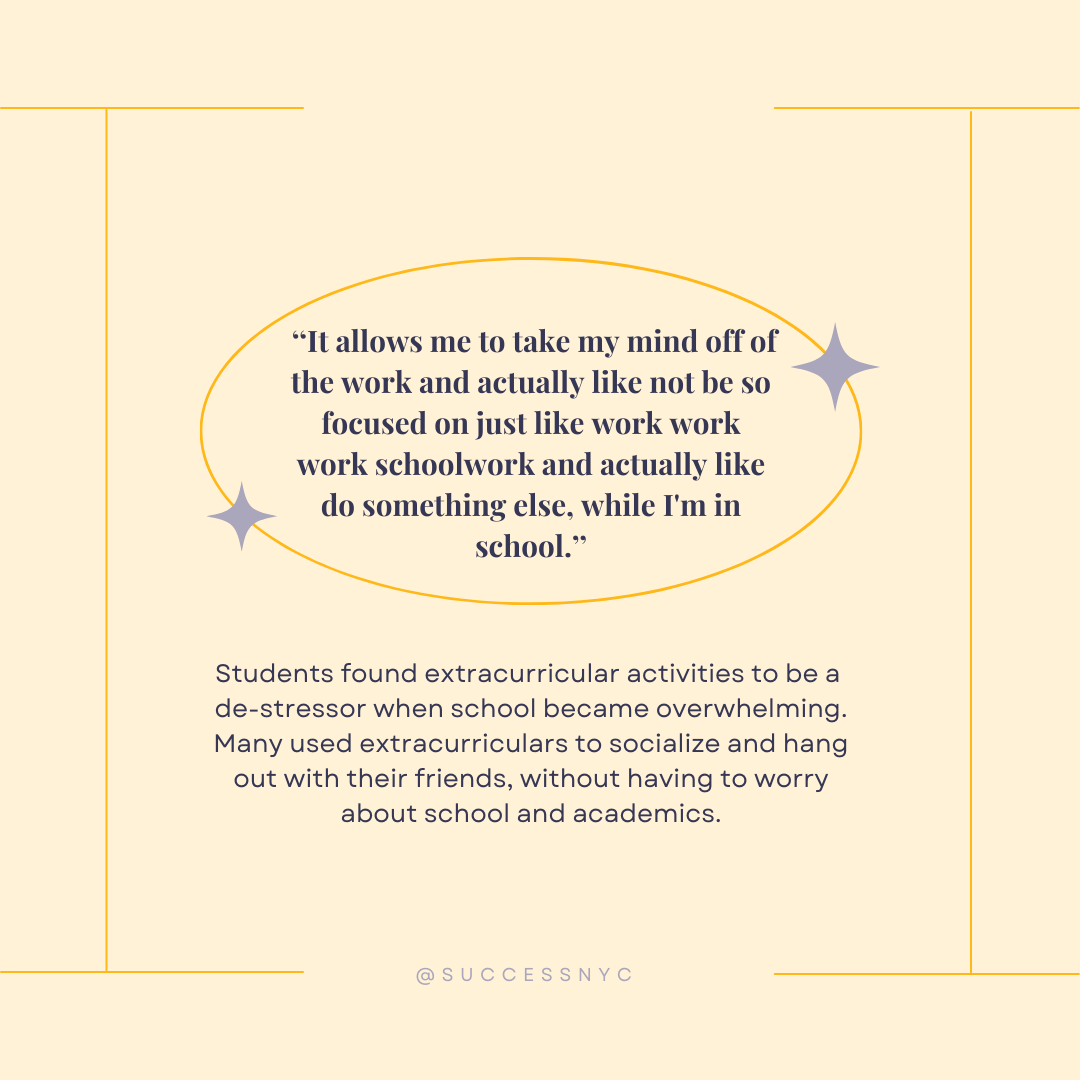The YPAR Project- From a Youth Researcher Perspective 🔎
This blog was written by guest author, Smriti Lama, our YPAR Communications Intern for the Summer of 2022 and former YPAR researcher. Smriti is a freshman attending college this fall. Smriti aspires to major in either biology or computer science. Smriti loves reading, journaling and exploring the city with her friends. This summer, she has been obsessed with the show, “Never Have I Ever” on Netflix.
Where Youth Make the Decisions
Traditionally, research is conducted on young people. But, what if this was switched around? What if the youth led research instead of merely being research participants? Would things take a turn? These questions were catalysts in the creation of the YPAR (Youth Participatory Action Research) Project.
In this collaborative, one year program, followed by an optional summer internship, 12 young people (ages 15-22) worked in partnership with staff at Student Success Network and Teens Take Charge to conduct research on a topic that was relevant to their own experiences, interests, and passions.
Buckle up and get ready. In this piece, I am going to tell you all about our research journey from my perspective as a Youth Researcher. Not only that, you will also get to hear directly from my friends/fellow researchers Kellen, Shari and Isanere.
Where It All Went Down - Recap of Sessions
Due to the COVID-19 pandemic, these past years have undoubtedly been full of change. Reflecting this change, our research was going to be conducted and coordinated virtually. Every Thursday, we would meet from 5:30 PM-7:00 PM on Zoom to discuss matters such as updates, learn more about research and brainstorm various ways of conducting research. Over the past few months, I believe the YPAR team has become a family, not only did we talk about research, we also spoke about our life and likes/dislikes.
Although I did not attend all the opportunities to connect with the team in-person, I still felt connected to the YPAR community because of how kind and welcoming each person in this space was.
According to Researcher Kellen, “One thing that I admire about the project was the way in which everyone who participated in it helped to foster an environment where people felt comfortable speaking up whenever they were confused, unhappy, or anything at all… being a part of this project definitely helped me learn to speak up when I’m not satisfied, as well as, learn the importance of checking in with the people you’re working with to make sure they’re doing okay.”
This program has most definitely been a fruitful and educational experience for everyone involved. Our Researcher Shari has obtained valuable skills that have helped them flourish as an individual.
“I discovered how to communicate better…how to bring ideas to the table…knowing that my contribution matters,” Shari expressed.
The Research Process
March marked the beginning of our research process. This month was eventful for us; we as a team were starting to figure out what research priority (based on SSN’s four network priorities) we wanted to focus on for the duration of our program. In order to make things simpler, we used some beneficial tools such as a gallery walk, priority elevator pitch, and fishbone diagram.
Let's get into Researching! - Our Big Research Question
We used a research matrix to narrow down our potential questions and see what we wanted to focus on. Through a poll done amongst our team, we were able to decide on our final research question. To us, mental health has always been extremely important and we were curious to see how different factors, whether it be academics or leisure, correlated with the mental health of students throughout our city.
When working as a group, coming up with a decision is always challenging. It is important to be inclusive of everyone’s perspectives and thoughts. Coming to a group consensus was not easy; however, YPAR made sure that each person got a say in the decision making process. Everyone's opinion was considered while finalizing the research question.
Our aligned research question was “How do activities, both in and out of school, and course load influence the mental health of students from different areas in New York City?”
In order to fully explore our question and collect information we required to create a change, we picked the option to interview and survey current and former NYC public high school students from all around our big, diverse city.
Throughout our research project, something that really guided us was a committee structure. Over the duration of the project, we had multiple committees that were more intimate and focused on specific roles and tasks that people were interested in taking on, such as, the Interview Committee and the Survey Committee. Working with our peers, we generated survey and interview questions that would give us a great insight on how various aspects directly affected students’ mental health and wellbeing. Our overall goal was to cultivate questions that would help us understand our demographic, their stressors, their environmental responses and how they acknowledged these stressors/environmental responses. For me, I was interested in seeing how students were taking care of their mental health and understanding themselves as I am aware high school can be an overwhelming and challenging time period for most.
Subsequently, we finalized our survey and interview questions. We did this through creating question pools to capture everyone's curiosities and then seeing what we could consolidate, then we discussed what the best purpose for these revised questions would be (for interview or survey?). Through word of mouth, text and social media, we reached out to people to see if they were interested in being interviewed and/or surveyed. We sent out emails to possible interviewees and set up dates for their virtual interviews. We designed a YPAR Survey Poster and shared it on social media. Additionally, we asked organizations we were connected to, such as Sadie Nash Leadership Project, to share our survey with their community. Through these steps, we were able to broaden our pool of research participants.
Doing outreach from a virtual perspective was exciting for us youth researchers.
Researcher Isanere expressed, “Conducting virtual outreach defined a fun experience for me. Embodying creativity in one space, I learned that connecting with the community is easier than I previously thought. People are willing to participate in projects with the right encouragement. Defining a purpose and targeting the correct audience was a key factor along with creating a sense of place.”
Soon we started conducting interviews with participants on Zoom and due to our outreach, saw a rise in the number of people taking our survey. We were able to accumulate 80 survey responses, complete 8 interviews over a 3 week, compromised time frame!
Through our research methods, we were able to find so many new and interesting facts about our NYC high school students, such as how extracurriculars served as an escape from academic stress and how seniors yearned for more guidance when they were navigating the college admission process.
Researcher Kellen added, “I was most surprised at how there were so many different conclusions to be drawn from the research data. When we first came up with the research question, I thought the findings were just going to show a simple correlation between mental health and extracurricular involvement/amount of classes taken, but in collecting more data, we actually uncovered even more topics to explore, like: college applications, distribution of resources across NYC schools, the importance of choice in curriculum, etc. I wasn’t expecting our findings to be so expansive…”.
Next Steps
After we collected data from interviews and the survey, both committees looked through, analyzed the data and presented insights on our weekly Zoom meeting.
Some crucial data findings from our survey/interviews were featured on our instagram:
Reflections & Learning Before We Depart
In our final meetings, we took the time to discuss what went well when collecting our data and what we could improve on and do differently next time around. We examined what was successful when we were conducting our survey and interview outreach. As a team, we brainstormed ideas on how we can possibly put our data into action and cultivate positive change amongst our communities.
Researcher Kellen believes, “Our research could be used as a foundation for students to continue speaking up about their experiences, taking action, and possibly even beginning a movement to change our education system to one that actually works.”
The YPAR project was followed by a summer internship that researchers could choose to be a part of. 75% of YPAR researchers continued their journey by joining the community for the summer. Researchers were split into teams and assigned roles:
The Communications and Outreach Team used the interview and survey data to create informational infographics for the @successnyc Instagram page.
The Programming Team prepared program content and structure for a potential iteration of YPAR in the future by looking through feedback given by researchers.
The Community Action Organizers helped arrange and facilitate the “YPAR Celebration”, where researchers shared their findings and talked about what tasks they did during their internship this summer.
The Data and Evaluation Team team worked with all the Reflection Circle feedback, and session-specific feedback we collected during the YPAR sessions, created a summer internship-specific feedback, and organized those feedback in terms of the positive feedback, and place of improvement.
Indeed this program was a learning experience for all of us. I am thankful I got to be a part of this pilot project and cannot wait to see where this experience takes future researchers like me to.
Follow us at: @successnyc for more!





